
 DWC Commercial City ... set to house hundreds of office tower blocks.
DWC Commercial City ... set to house hundreds of office tower blocks.
More than 15,000 workers and staff are currently engaged on the various onsite projects at Dubai World Central (DWC), helping the mammoth aviation city rise from the desert.
That number is expected to increase substantially over the next three years as several tenders are awarded in the coming months.
DWC, which creates a new benchmark in urban planning and destination living designed to support Dubai’s aviation, tourism, commercial and logistics requirements until 2050, represents one of the most important developments in the history of the UAE.
A massive 140 sq km, multi-phase development centred around the world’s largest airport, Al Maktoum International Airport, DWC has a total dedicated land area of almost twice the size of Hong Kong Island and is expected to have an ultimate population of over 900,000 people working and living within its borders.
With infrastructure costs estimated at Dh8.99 billion ($33 billion), DWC comprises six specialised clustered zones: Al Maktoum International Airport, Dubai Logistics City (DLC), DWC Aviation City, DWC Commercial City, DWC Residential City and DWC Golf City.
“Of the many tenders already awarded, over 30 have been specifically for the airport’s infrastructure and the rest spread over DWC’s real estate and logistics components,” says Abdulla Al Falasi, DWC’s marketing and corporate communications director. “The biggest non-airport tender awarded so far has been the DLC headquarters and Office Park buildings worth Dh1.5 billion.”
The first cargo flights at Al Maktoum International Airport are expected to commence end-2008, when the first cargo terminals will be ready. Initial passenger flights will commence towards the third quarter of 2009 when the passenger terminal is expected to be completely ready. The first runway has been completed on time in the projected 600 days, towards the end of November 2007 – an aviation record for the fastest A-380 enabled 4.5 km CAT III runway construction, according to DWC.
Built by the UAE’s Al Naboodah Contracting for Dh1 billion, the runway is the first tender to be fully executed within DWC. The runway, designated 12/30 because of its geographic location, will commence a period of strenuous tests and trials this month (April), which will last over the next six months to fulfil its CAT III-B requirements – a precision instrument approach and landing capability with zero metres visibility for aircraft.
“Dubai World Central is creating history as each phase nears completion,” said Sheikh Ahmed bin Saeed Al Maktoum, chairman, Dubai City of Aviation Corporation – Dubai World Central, Government of Dubai. “The completion of the first runway, capable of handling any new-generation aircraft, signals the advent of a new era in Dubai’s aviation and transportation history – a fulfilment of the vision of the late ruler of Dubai, Sheikh Rashid bin Saeed Al Maktoum, who set aside land for an additional airport in Dubai nearly 30 years ago. When Al Maktoum International Airport is fully operational by 2015, we will be geared for any transportation challenge of this century.”
Al Maktoum International Airport
Al Maktoum International Airport’s first passenger terminal catering to low-cost, regional and charter airlines is 75 per cent complete with the finishes and MEP (mechanical, electrical and plumbing) tender due to be awarded shortly. A 75,000 sq m single-level terminal, it is being built by Arabtec/Max Bogl JV, a UAE-German joint venture.
“The first terminal will cater to seven million passengers annually but will serve to take considerable load off Dubai International Airport (DXB) in terms of flights over the next three to four years,” explains Khalifa Al Zaffin, executive chairman, Dubai World Central.
“Meanwhile, the two huge mega terminals and the six concourses designed to handle in excess of 120 to 150 million passengers annually are currently in the design stage by a team of international architects and technical consultants.
“Taking such huge passenger flows, baggage handling, car parks, check-in counters, security checks, facility management, amenities, flight paths, ground handling, taxiing flows, roads and infrastructure and air traffic control into consideration, has been our first priority in planning the airport. By mid-2008, we will announce the final design of the mega airport terminals,” he says.
Other airport structures being built by Arabtec/Max Bogl JV are the Dh278 million cargo terminal, which is 70 per cent complete, navigational aids building which is 50 per cent ready and the Dh143 million Air Traffic Control (ATC) tower. At 92 m, the Middle East’s tallest freestanding ATC tower is also nearing completion.
“All our Phase One major airport infrastructure projects are on schedule for completion by end-2008,” states Al Zaffin. “Our contractors and suppliers share our vision of being the largest airport in the world and the best airport project executed globally, and so are ensuring the efficient completion of each individual contract.”
Other projects are: the Dh908 million aprons and associated taxiways contract, which is over 90 per cent complete; the Dh108 million fuel farms tendered to another UAE-German joint venture, Thermo/Amak JV; and the navigational aids package, worth Dh120 million and shared by the UK’s Park Air Systems and Thales of France, experts in air traffic control and defence solutions.
Two key contracts worth Dh161 million for emergency services have been awarded recently to Convrgent Value Engineering, an Abu Dhabi-based metallic installation contracting company, for a total of four fire stations and five police facilities buildings. These services will be exclusively for the airport’s use.
Dubai Logistics City
DWC is well on course to create the world’s first truly integrated multi-modal logistics platform with all transportation modes, logistics and value-added services, such as product manufacturing and assembly in a single-bonded free zone environment made up of the airport city components – DLC, Al Maktoum International Airport and DWC Aviation City, and the adjacent Jebel Ali Port and Free Zone, through a customs-bonded road corridor.
A bridge will link DLC and Jebel Ali port and free zone, allowing for goods to move freely once they are offloaded from a ship or flight. This will reduce sea-air lead times for transport of goods at DWC to as little as three to four hours as opposed to the one to three days taken presently. At the same time, DLC will assist customers to deliver superior cargo handling services as well as to provide world-class value-added supply chain activities.
The Al Maktoum International Airport and Dubai International Airport (DXB) will be linked by a dedicated road and rail corridor for air cargo shuttle and for passenger transfer. The DLC cargo shuttle will enable forwarders to operate from DLC only. The shuttle will operate as a road feeder service, enabling DLC to handle DXB cargo the same way as Al Maktoum International Airport cargo.
Spread over 21.5 sq km, DLC consists of several groups of facilities including shared warehouses for forwarders, plots of land dedicated for forwarders, as well as for the logistics business of industry, trade, and distributors, and for dedicated facilities of integrators, office buildings, and other ancillary services. It will have up to 16 air cargo terminals of 30,000 sq m each for a total of 12 million tonnes of air cargo annually.
The turnkey construction of the Dh1.5 billion DLC headquarters and Office Park has gone to Kuwait-based M A Kharafi & Sons – a Dh12 billion privately-owned group with interests across 33 countries. Integrated within the headquarters and Office Park are offices for lease, DLC head offices, convention facilities, business hotels, amenities, and a 10,000-car-capacity parking area.
“The DLC Office Park is 40 per cent complete and will be ready for tenant use in March 2009,” says Michael Proffitt, CEO, DLC, “but with the cargo terminals getting ready by mid-2008, many DLC tenants whose warehousing and logistics facilities are completed by then can begin to use the airport as cargo flights commence towards the end of this year.”
The DLC headquarters building is nearly 58 per cent complete and will be ready in September 2008.
Aviation City
Construction has already started on the Dh5 billion DWC Aviation City, which is expected to house the world’s largest Maintenance, Repair and Overhaul (MRO) centre as well a heliport zone, an educational and academic zone, an industrial zone and a hub for aircraft component and parts supply. It is scheduled to start operations in 2009.
Unveiling the final masterplan of DWC Aviation City, Sheikh Ahmed said the city’s strategic location within the world’s largest airport will give potential investors an advantage to reach regional and international clients alike.
“The MRO centre will be the world’s biggest in land area earmarked for development, and will be able to handle all types of aircraft from light jets to superjumbos such as the A-380,” Sheikh Ahmed continued. “The centre will be able to deliver safe airline operations and assure reliability and availability of customers’ fleet. DWC Aviation City will not only feature the MRO centre, but also repair and test as well as aircraft system and components installation facilities.”
Spread over 6.7 sq km, DWC Aviation City is being designed as a one-stop centre for all aviation-related operations.
“When complete, DWC Aviation City will lead the region in aviation services, excellent quality infrastructure and hi-tech research. The project is set to create an innovative and unique business concept in the region by inviting all aviation-related businesses to be based within one location,” said Al Zaffin. “It will host all aviation manufacturing, MRO, aviation support services, design and consultancy, research and development, aviation training, product and parts, light manufacturing units and high-technology industries.”
These multiple zones within the city will allow for several operations to be simultaneously functional at any given time, according to Abdulla Al Qurashi, CEO, DWC Aviation City.
“The heliport zone will contain a total of 17 helipads in addition to fuel, lighting and hangar facilities,” he said.
“The academic zone will host several aviation colleges and training centres, which will offer aerospace and academic studies while the industrial zone will offer an integrated infrastructure and localised environmental control in one location.”
Individual developers will be given an opportunity to build their own hangars and facilities within a free zone area on long-term lease. Tenants will also be given air-side and land-side access to the adjacent Al Maktoum International Airport. This will provide direct access to tenants, reducing turnaround time and improving customer service.
Real estate
DWC Residential City, DWC Commercial City and DWC Golf City form the three major components of DWC’s real estate division, which was created to develop all its real estate offerings spread over nearly 40 sq km around DWC.
Catering to every level of housing, commercial and leisure need, the three cities aim to provide all facilities and amenities needed to make Dubai World Central self-sufficient for every level of society to the highest possible international standards.
Tenders for many of the DWC real estate components will be issued soon starting with the Staff Village accommodation, IT offices, and infrastructure to allow developers to commence their construction.
DWC Residential City will offer a combination of freehold and leased quality mid-income housing while DWC Commercial City will feature hundreds of office tower blocks, and DWC Golf City will have more than 5,000 villas and two 18-hole golf courses.
Presently, grading work has been completed on the first two phases of DWC Residential City, with construction work on Phase One having just commenced. The first phase of the Residential City was sold out in February last year, when more than 200 plots worth Dh2.5 billion were sold. Phase 2 was scheduled to go on sale last month (March) while the third phase will be up for sale by mid-2009.
DWC will launch its retail district plans within the Residential City, Commercial City and Golf City in 2009. As the first phase of development of its retail district, it has signed a Memorandum of Understanding (MoU) with BurJuman, a leading company in developing shopping centres, to cooperate in conceptualising the retail districts within the project.
“DWC’s real estate components cover nearly 40 sq km of which at least 20 per cent will translate into retail units,” said Khalid bin Harib, CEO, Real Estate, Dubai World Central. “This will add at least 40 per cent to the existing number of retail outlets in Dubai’s shopping malls which today stand at 3,500.
“The GCC retail market, which is worth upwards of Dh182.5 billion today, is constantly evolving and through the formation of DWC’s retail districts, catering to an eventual population of nearly a million people, we will revolutionise the way the retail market operates. Malls in Dubai currently see over 140 million footfalls annually.”
DWC Commercial City is the business and commerce capital of DWC and, late last year, finalised its masterplan that incorporates the best of city planning processes from around the world. Broadway Malyan, a leading international architectural and integrated design practice with offices throughout the UK and the world, partnered with DWC in creating a world-class urban city design which will feature unique offerings in Dubai.
Sheikh Ahmed said: “Achieving liveable, sustainable and dynamic communities that positively impact the environment and explore innovative solutions in architectural design is what global cities strive for. DWC Commercial City will integrate all these concepts into its living environment.
“The city will be the nerve cell for Dubai World Central once Al Maktoum International Airport is fully operational in 2015. The masterplanning process involved specialists, including urban designers, masterplanners, town planners, landscape architects, regeneration and sustainability consultants, and interior designers who studied top cities like New York, Paris, Singapore, Tokyo and Hong Kong, among others.”
The city’s masterplan was created to be as forward thinking as the overall project’s visionary approach, which is in line with the Dubai Strategic Plan 2015.
DWC Golf City is DWC’s high-end premium housing project with all the leisure and tourist amenities, featuring extensive practice facilities, driving ranges, putting greens, a luxury clubhouse with restaurants and a pro-shop. Eventually, nearly 10,000 freehold homes will surround the courses. The resort will also feature a high-end boutique hotel.



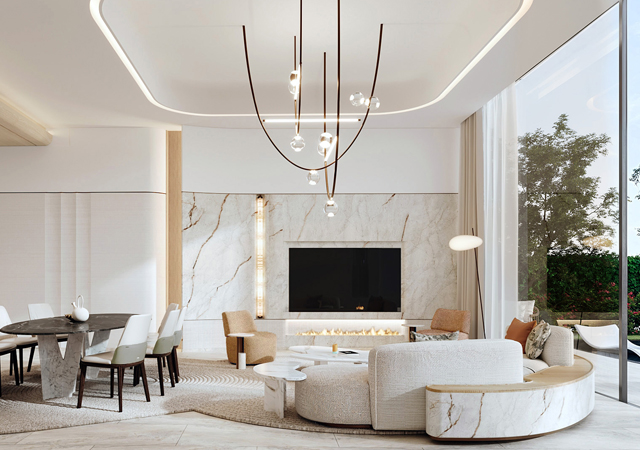
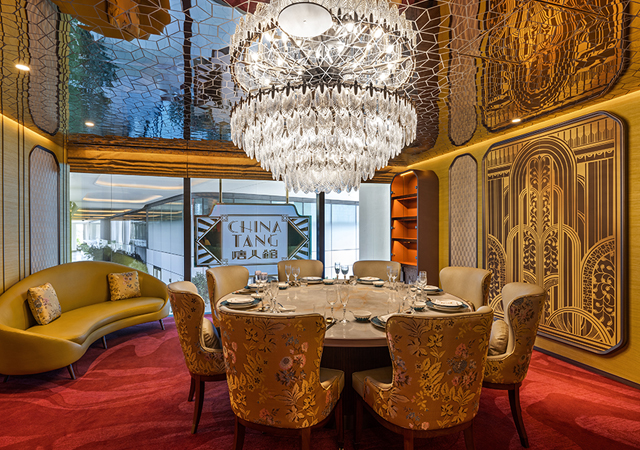
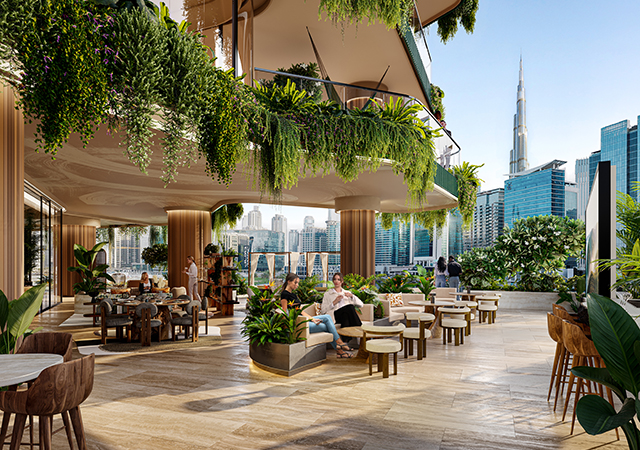
.jpg)


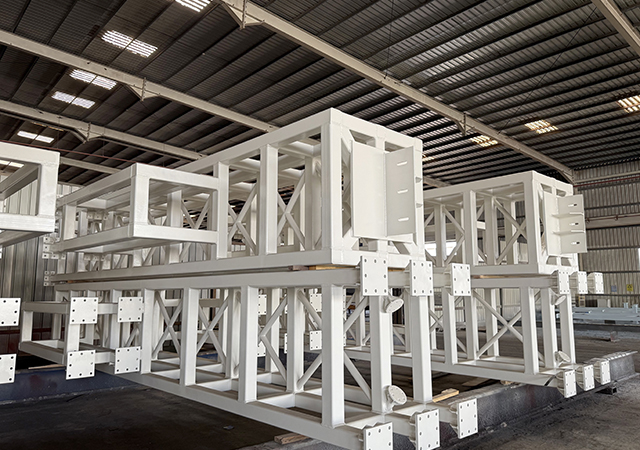




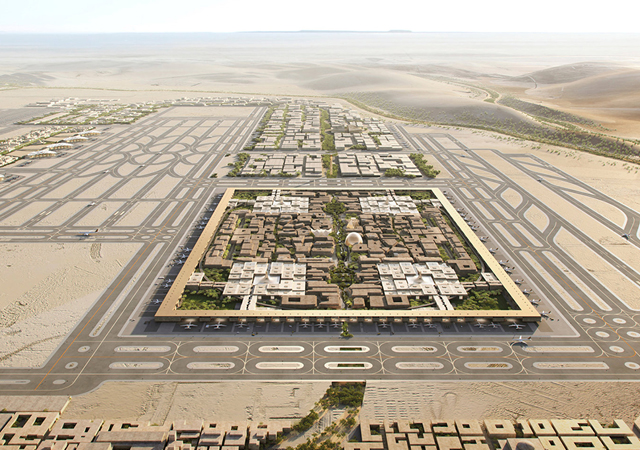
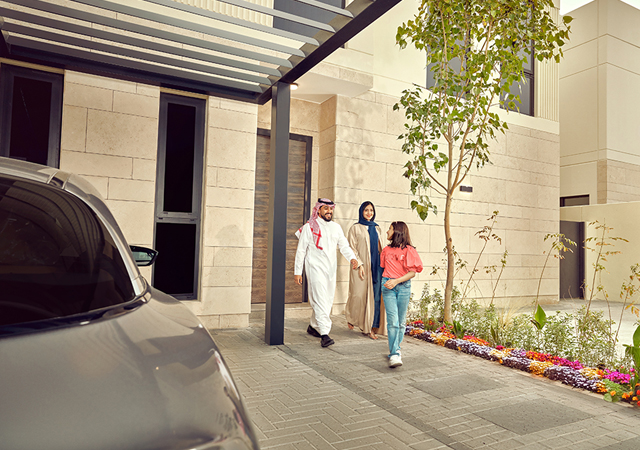
.jpg)
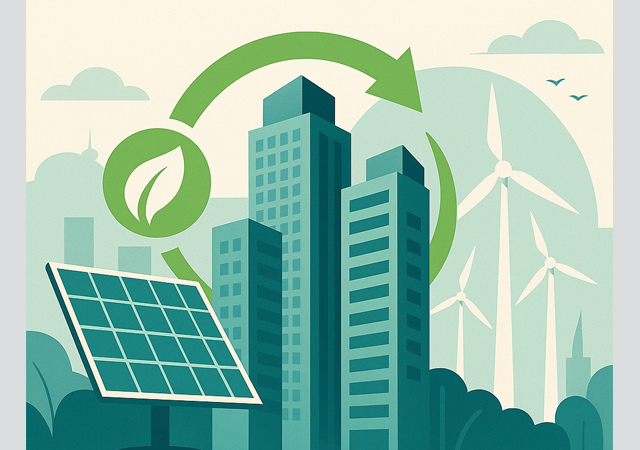



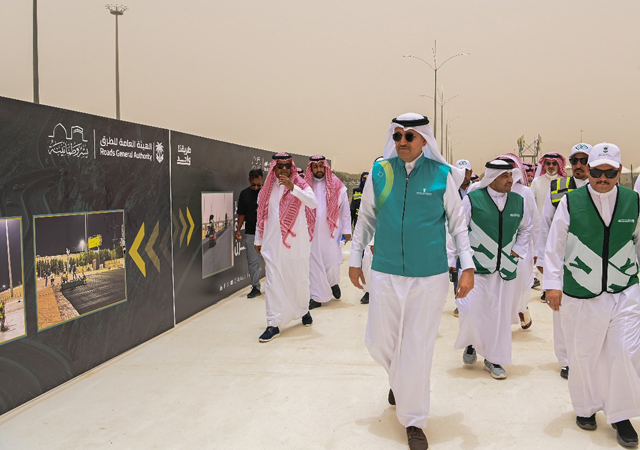

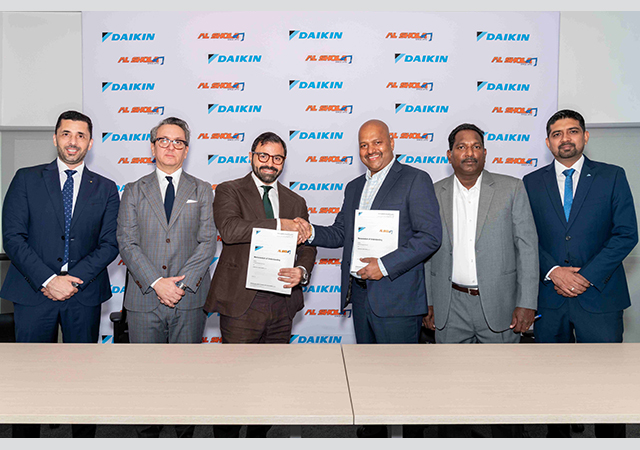

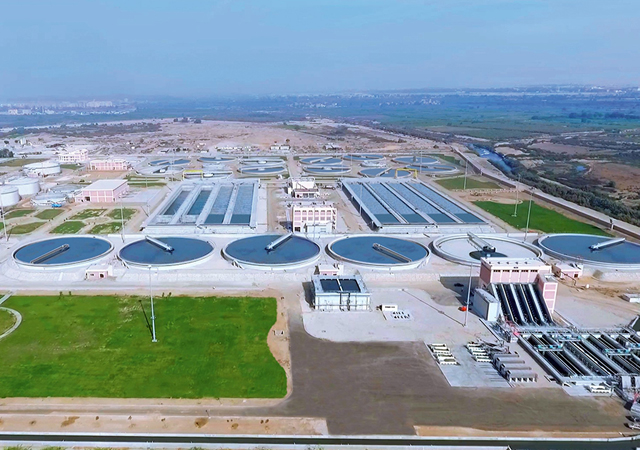
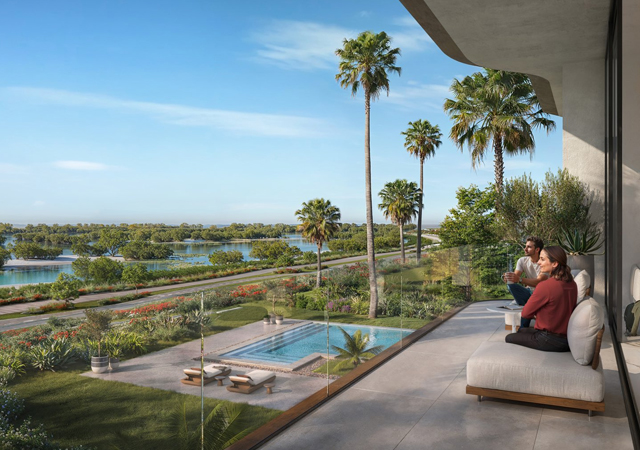
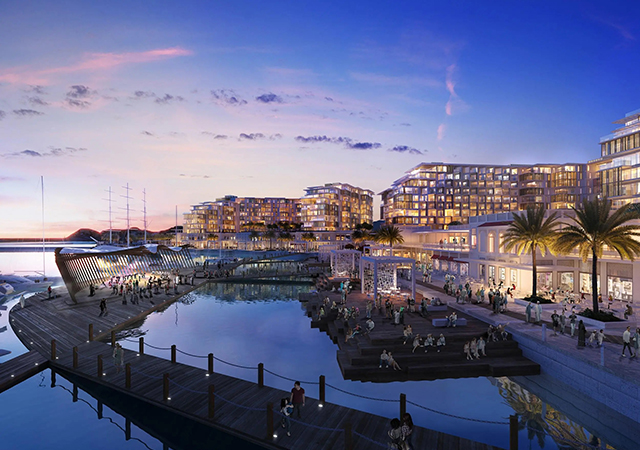

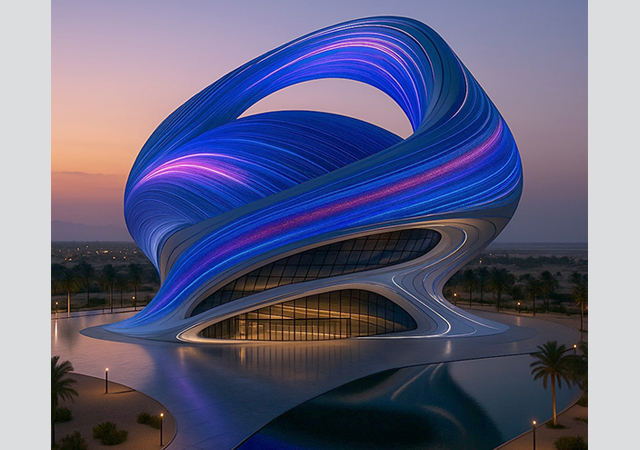

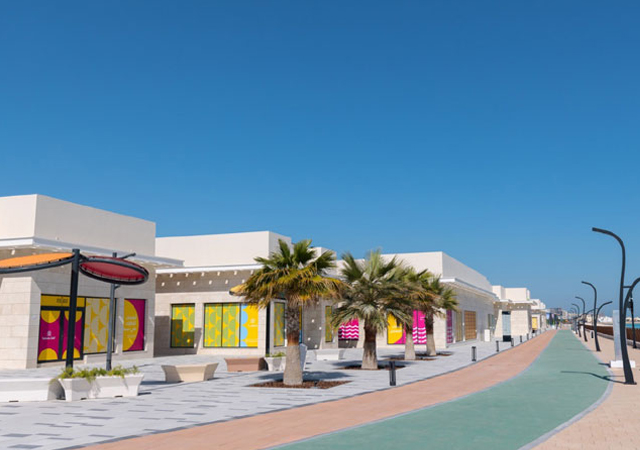

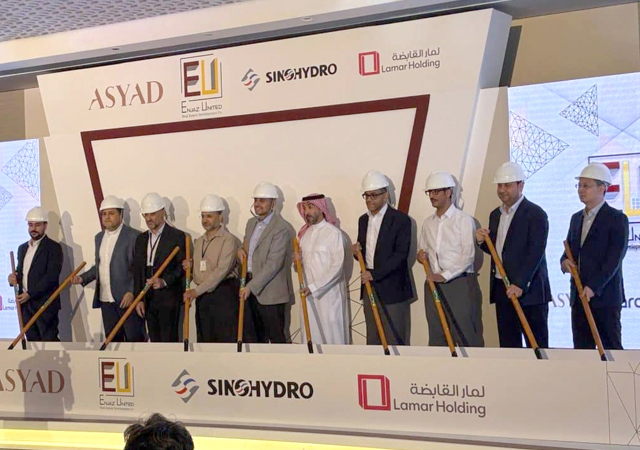
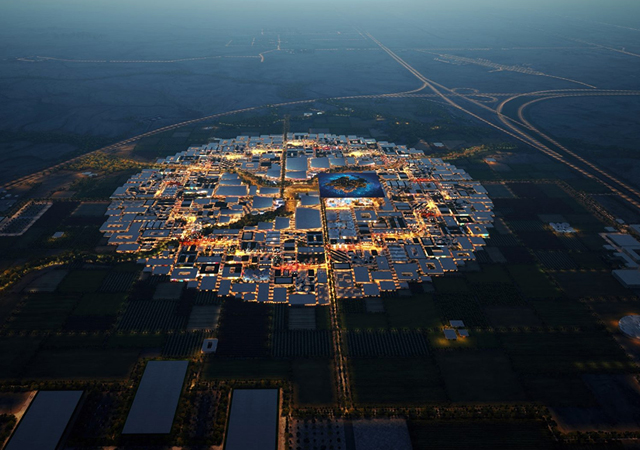
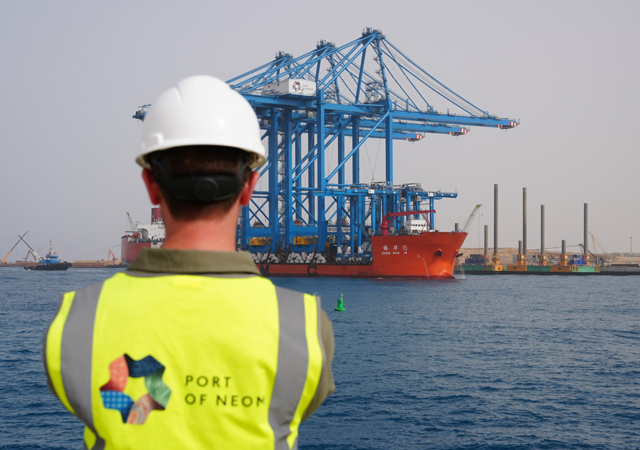
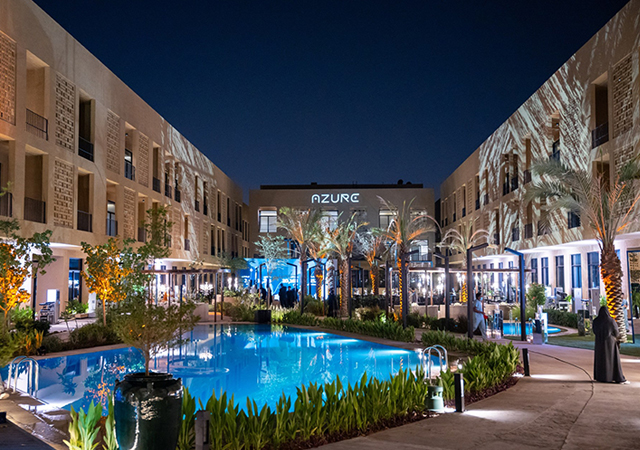
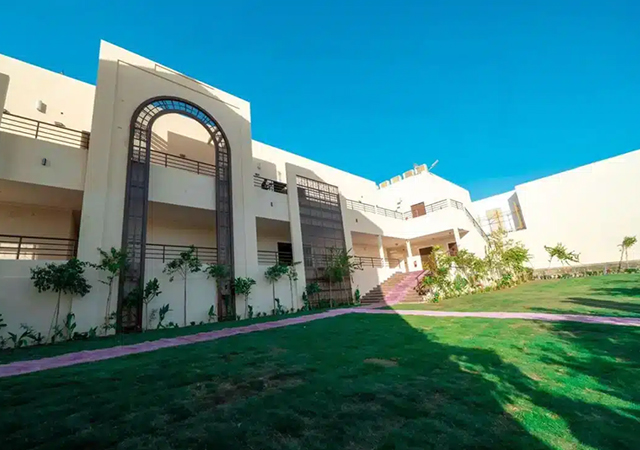


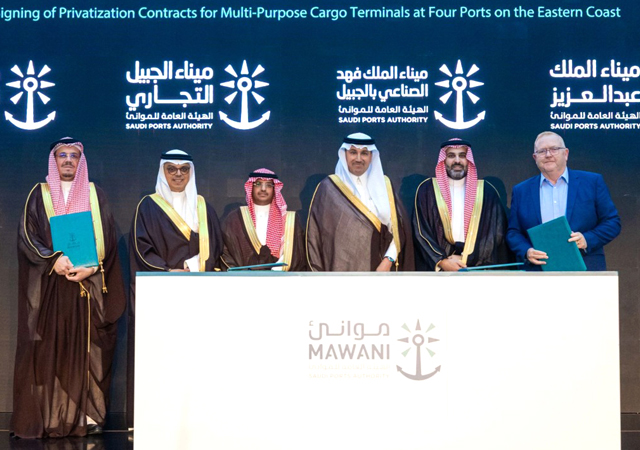
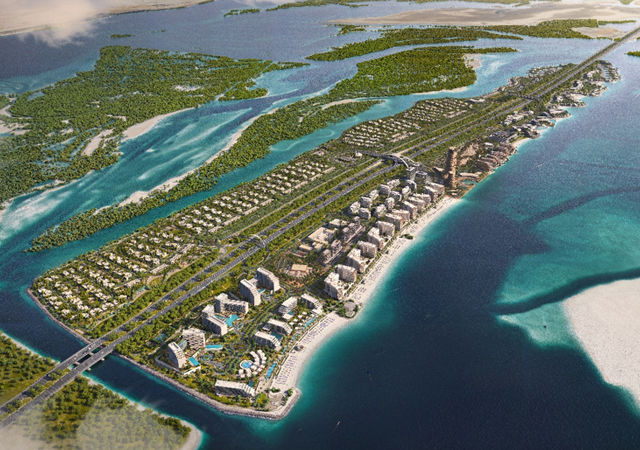

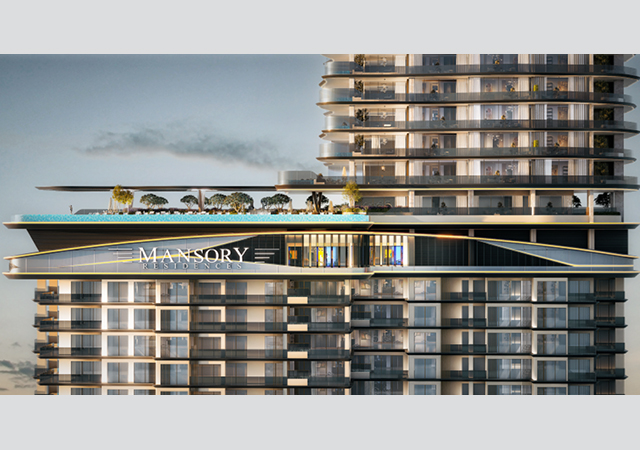
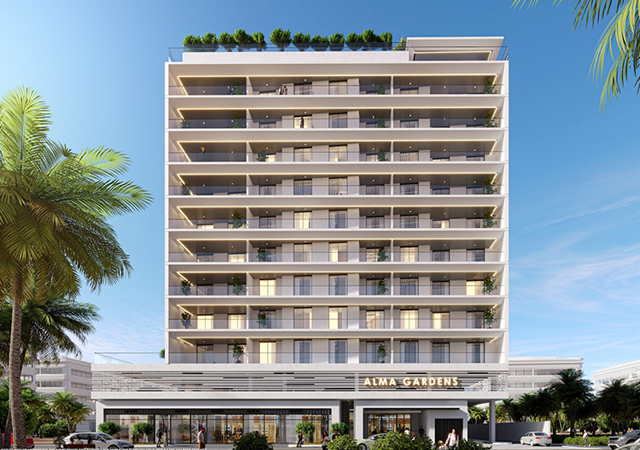

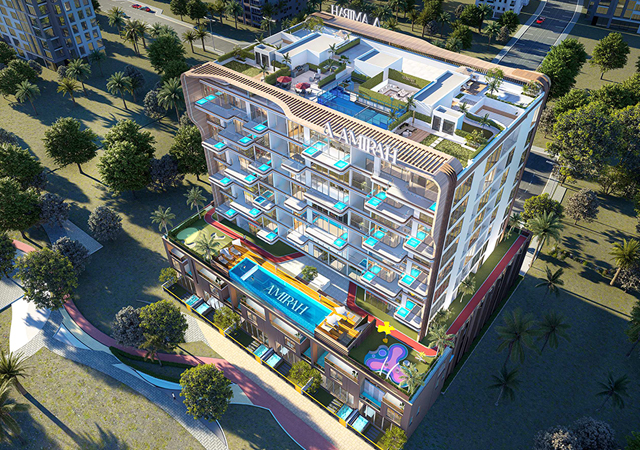
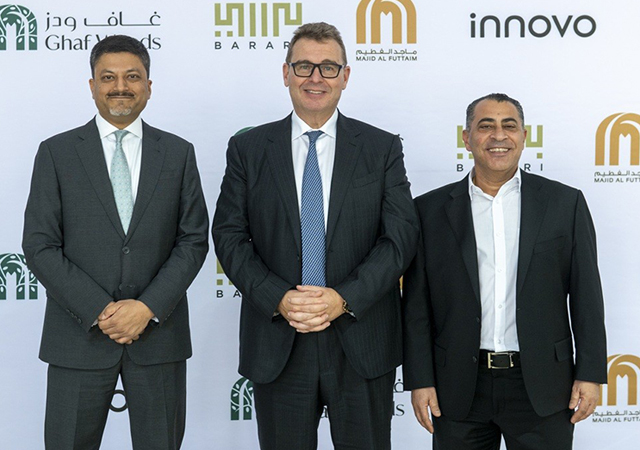
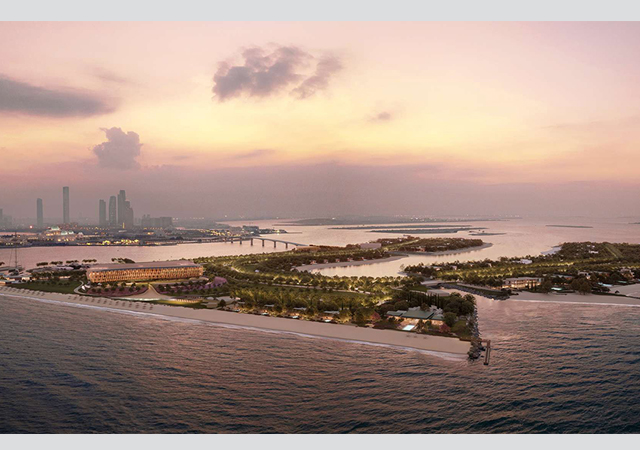
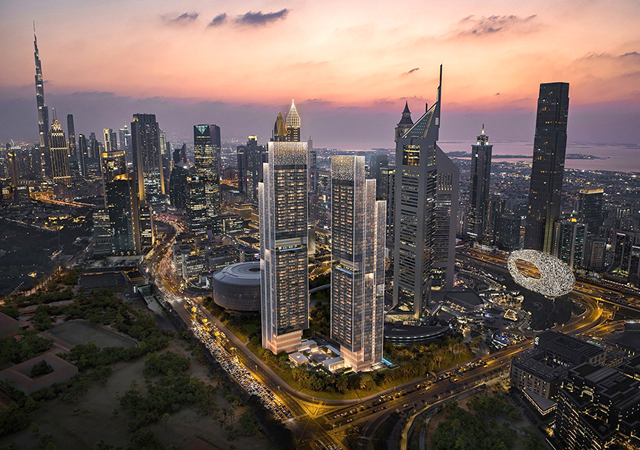
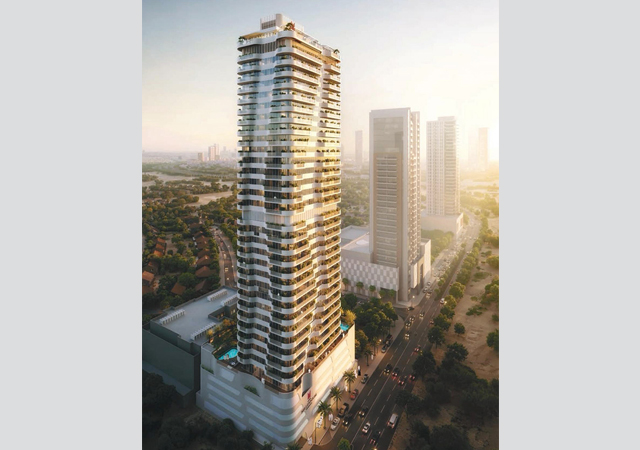
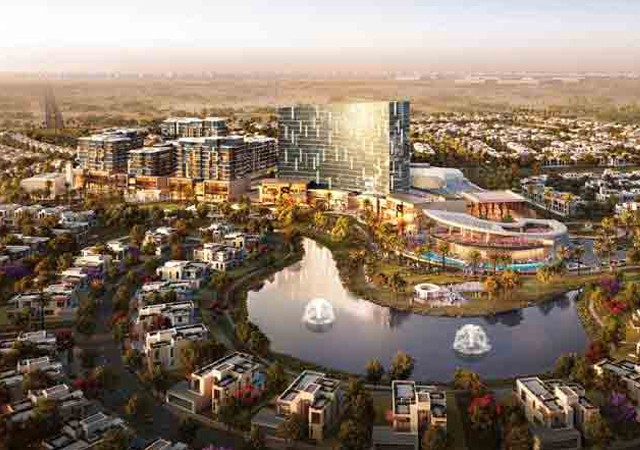
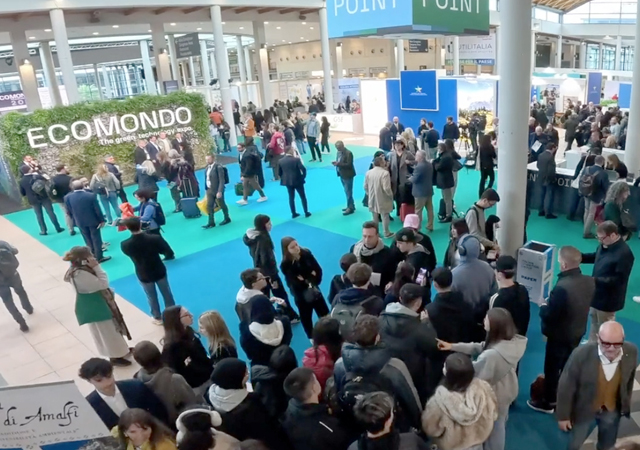
.jpg)













